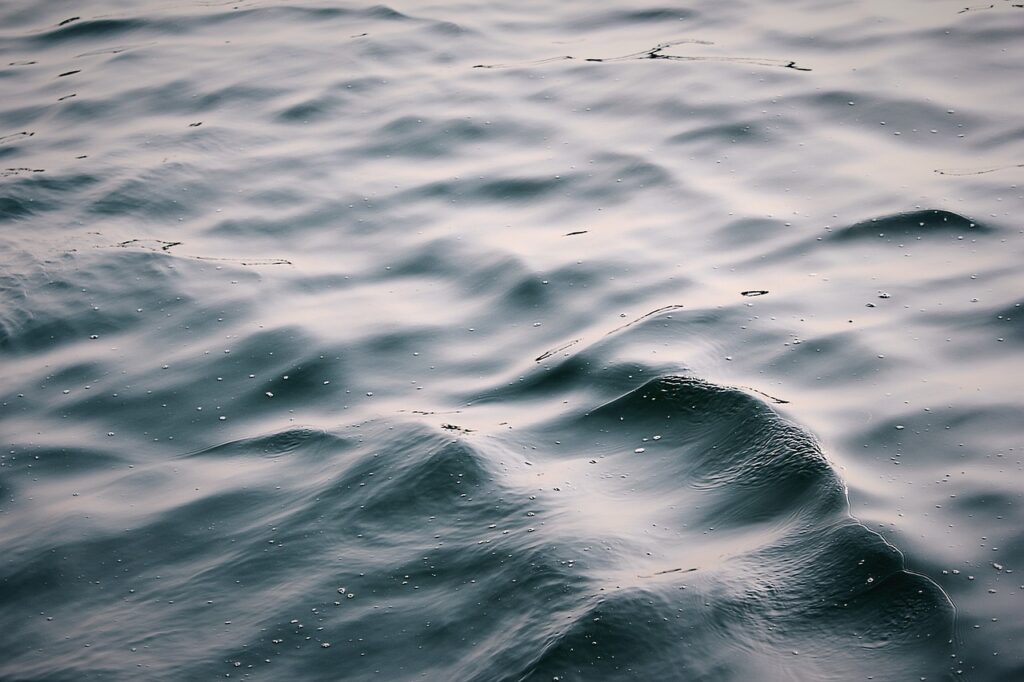The hydrogen production plant planned in Granja de Moreruela requires 116,910 cubic meters of water annually, equivalent to 35 Olympic swimming pools.
The plant utilizes slightly more than half of this water, with the remainder rejected. This data is from documentation made public by the Department of Industry for the project’s administrative authorization, integrated environmental authorization, and environmental impact assessment.
Water Source Assurance
The water required for the plant will be sourced from existing captures and new well explorations to ensure a secure water supply. The project is located over the “Villafáfila” groundwater mass, which is in good overall condition quantitatively and chemically.
No Environmental Interest
The project does not affect any areas of special environmental interest within its 121 hectares designated for the green hydrogen production plant and solar photovoltaic installation. Most of the land is of “mining use.” The vegetation associated with two minor streams will be preserved as a natural screen to minimize visual impact from the A-66 highway.
Respect for Surroundings
The project area intersects the Cañada Real de Extremadura cattle track, which will be preserved. Machinery and vehicles will avoid this route. The water discharge pipeline from the reverse osmosis plant will cross this track. The Camino de Santiago also passes through the project area and will be protected to avoid any adverse effects.
Visual and Cultural Impact
The project’s visual impact is significant, as it is visible from sensitive areas such as the A-66 highway and parts of cultural assets like the Calzada de la Plata and the ruins of the Monastery of Santa María de Moreruela. However, it does not directly affect any cultural assets. The Monastery is located a kilometer southwest of the facilities, and the Calzada de la Plata is a kilometer east. An archaeological survey has been conducted to ensure compatibility with the plant.
Fauna and Flora Considerations
No protected flora species were detected in the project area. Key fauna species in the study area include the Montagu’s harrier, black-bellied sandgrouse, and the great bustard, categorized as “Vulnerable,” along with the red kite, categorized as “Endangered,” in the List of Wild Species under Special Protection and Spanish Catalogue of Threatened Species. However, the project area lies outside the recovery plans for protected species in Castilla y León.





